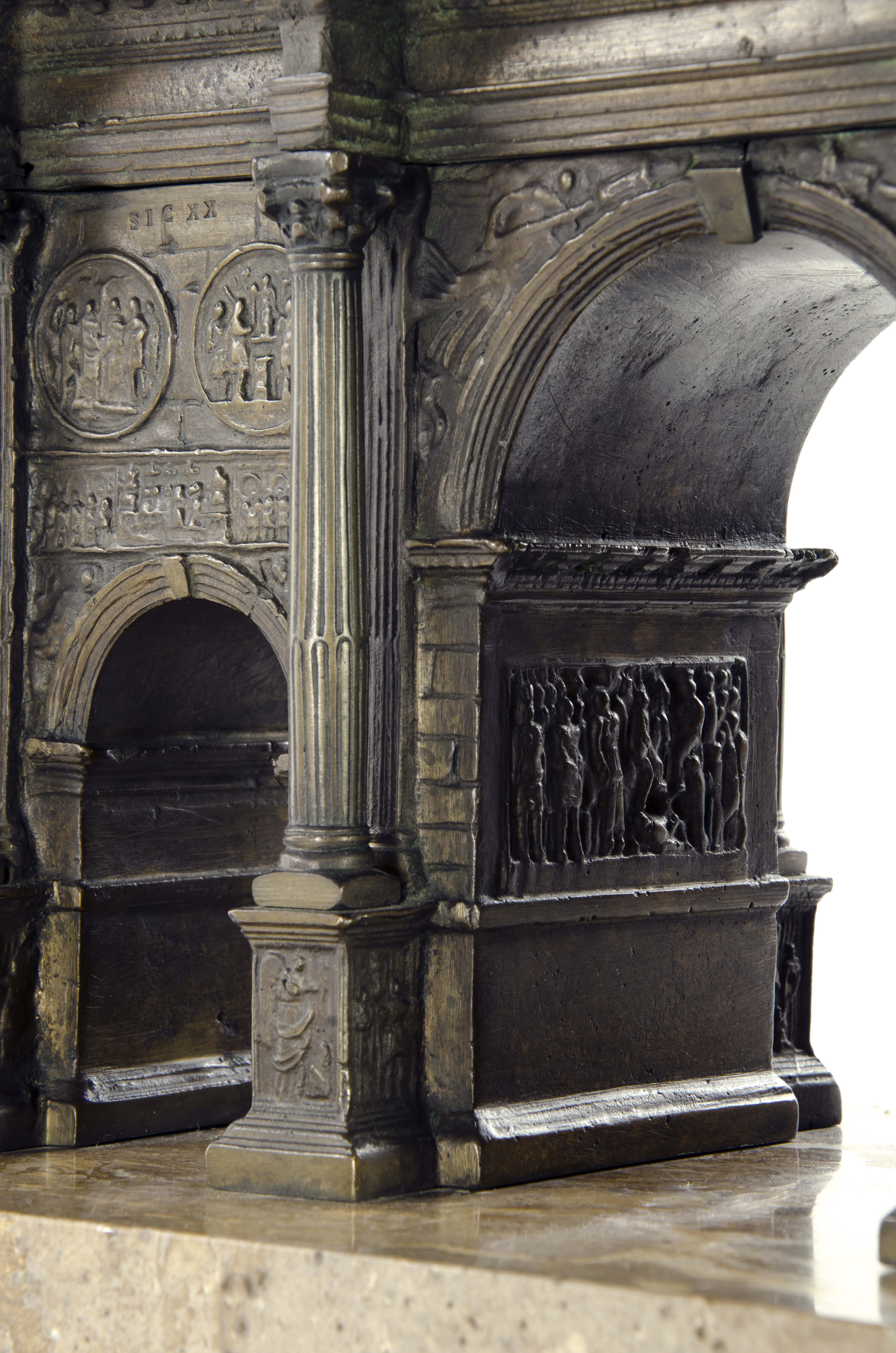

The inscription on the arch refers to Maxentius as the tyrant and portrays Constantine as the rightful ruler of the Western Empire. But in 312 C.E., Constantine took control over the Western Roman Empire by defeating his co-emperor Maxentius at the Battle of the Milvian Bridge (and soon after became the sole ruler of the empire). and older spolia, marble and porphyry, Romeīeginning in the late 3rd century, the Roman Empire was ruled by four co-emperors (two senior emperors and two junior emperors), in an effort to bring political stability after the turbulent 3rd century.

Pious, fortunate, the Senate and people of Rome,īy inspiration of divinity and his own great mindĭedicated this arch as a memorial to his military victory The end of the Tetrarchyįrieze with Constantine’s siege of Maxentius’s troops at Verona (before the Battle of the Milvian Bridge), Arch of Constantine (south side), 312-315 C.E. To the Emperor Caesar Flavius Constantinus, the Greatest, The central opening is approximately 12 meters high, above which are identical inscribed marble panels, one on each side, that read: Three portals punctuate the exceptional width of the arch, each flanked by partially engaged Corinthian columns. The monumental arch stands approximately 20 meters high, 25 meters wide, and 7 meters deep.

This location was significant, as the arch was a highly visible example of connective architecture that linked the area of the Forum Romanum (Roman Forum) to the major entertainment and public bathing complexes of central Rome.Īrch of Constantine, 312-315 C.E., and older spolia, marble and porphyry, Rome The Arch of Constantine is located along the Via Triumphalis (Triumphal Way (the exact route is disputed) was the route taken by triumphal processions that celebrated a victorious general and his army, often with booty and prisoners) in Rome, and it is situated between the Flavian Amphitheater (better known as the Colosseum) and the Temple of Venus and Roma. Reconstruction of the location of the Arch of Constantine (lower left) and the sculpture of the Colossus of the Sun (center)-both situated between the Temple of Venus and Roma (far left) and the Flavian Amphitheater (Colosseum-right), model © 2008 The Regents of the University of California image © 2008 The Board of Visitors of the University of Virginia. The Triumphal Arch of Constantine in Rome is not only a superb example of the ideological and stylistic changes Constantine’s reign brought to art, but also demonstrates the emperor’s careful adherence to traditional forms of Roman Imperial art and architecture. Constantine’s status as an agent of change also extended into the realms of art and architecture. These include his political transformation of the Roman Empire, his support for Christianity, and his founding of Constantinople (modern day Istanbul). The Emperor Constantine, called Constantine the Great, was significant for several reasons. Beth HarrisĪssistant Professor of Art History and Humanities


 0 kommentar(er)
0 kommentar(er)
